As adults, we can’t refuse to buy back a piece of our childhood. Going through our baby pics and old stuff brings back a bag of old memories.
But what about the screen time? What about those images we spent countless hours feeding our imagination with?
They were different, weren’t they?
Animation boosts the viewers’ memory more than any other video does. In a recent article, we’ve covered the issue of the bias of believing that animation is only for kids.
Here, knowing that’s not the case, we’ll be going through how visuals & psychology affect the minds of both kids and adults in animation.
To know the “why,” we need to understand the importance of shape language, color, and storytelling in animation and the differences they make in our minds.
Story Drives the Characters, or Characters Drive the Story?
Story is probably the most important part of a 3D animation pipeline. There’s just no way around it. Thanks to today’s 3D technology, you don’t have any visual restraints. Add stunning quality and visuals to a compelling story, and your work might just win the viewers’ hearts!
Creating a story is part of the 3D workflow’s pre-production phase, which consists of 5 smaller phases:
- Idea generation: Everything starts with a great idea. The story, script, and whatever follows will be planted based on your idea(s). Animation studios like Dream Farm have their own procedure for idea generation, but knowing how to come up with ideas for animation can help anyone at any level.
- Story creation: You’re writing a story for animation, one of the most engaging mediums that doesn’t limit imagination. So let your ideas run wild! Just make sure your fictional world is believable and set up some rules to avoid drifting away from logic too much.
- Scriptwriting: After creating a story, you need to help the producers understand what’s exactly happening in the world you’ve created. Character movements and gestures, environments, time, actions, and dialogues are all transcribed in the script. We’ve introduced 5 useful tips for scriptwriting + script formats in another article.
- Storyboarding: The first visual representation of the script, animators use storyboard to work through the story and some details. Storyboarding can help with seeing what works visually and what doesn’t, helping with planning shots and angles, and adding physical humor.
- Animatic: After storyboard, you now need to portray movements, add voiceover and dialogues, mix the soundtrack, and get the timing right by turning the storyboard into a hand-drawn movie. Our guide about the fundamentals of animatics will help you understand more about the process.
Despite what many may think, writing for children is not easier.
For kids, we must first choose an age group and try to come up with an idea that’s relatable to most kids and then uncover a universal theme.
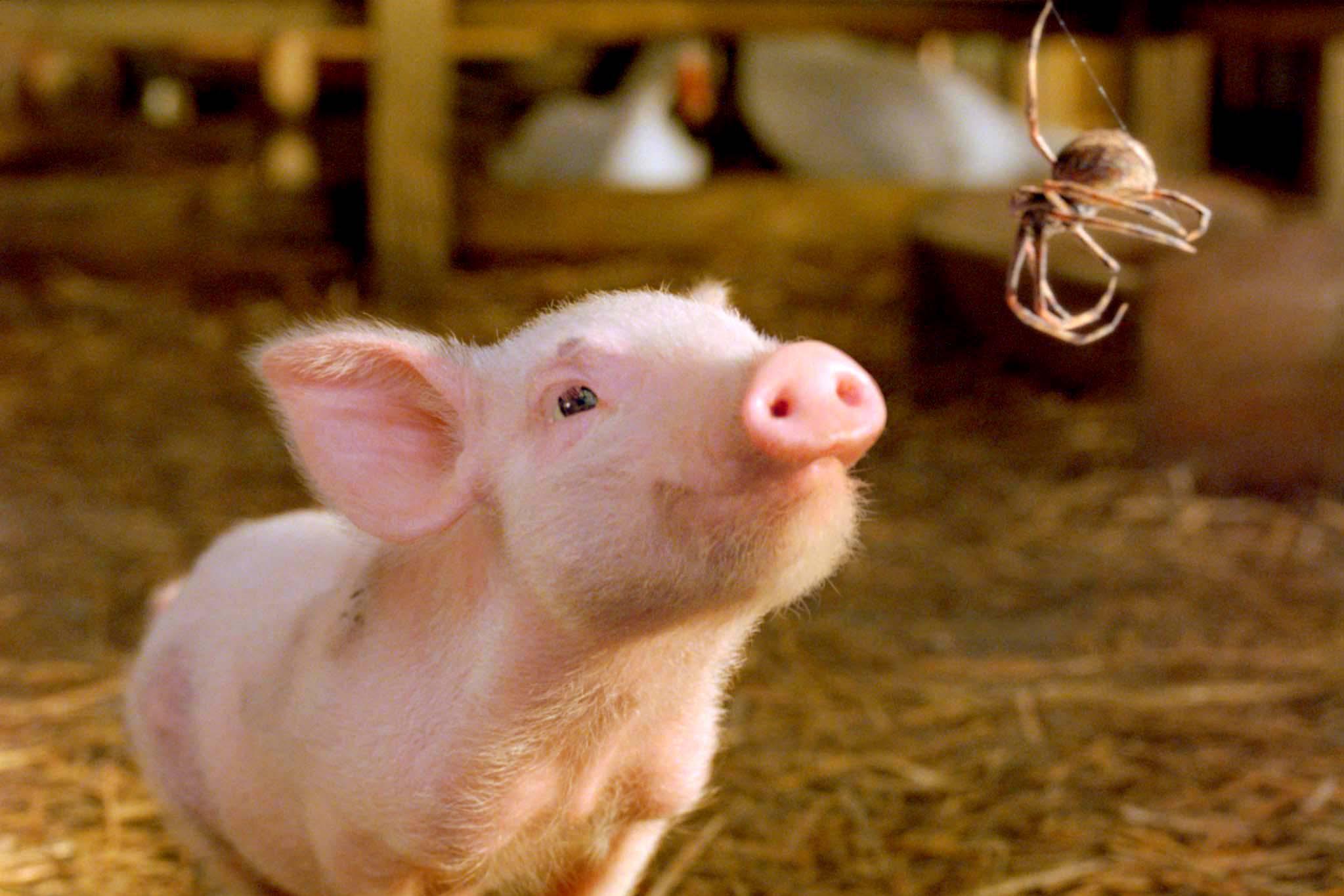
An example of a show that is the opposite is Rick and Morty, an adult animation that features complex and detailed character designs, with a wide range of facial expressions and body language that reflect the show’s satirical and often dark humor. The show also employs a wide range of colors, from muted blues and greens to bright pinks and yellows, to create a visually diverse and dynamic world.
In most cases, the story decides who it’s meant for. Whenever a client requests an inappropriate story or theme, it’s our duty to recommend an age-appropriate substitute. For kids, we always take into consideration their limits of understanding complicated themes and rapid movements.
But whether you’re writing for adults or kids, the stories are usually either character-driven or plot-driven.
What Is a Character-Driven Story?
In short, a character-driven story is one where the reader/viewer will focus more on character development than on the plot. Since the emphasis is on the character’s emotions and the reasons why they make their choices and decisions, knowing about the psychology of character design can help.
No matter who the animation’s for, clarity of palette, silhouette, and exaggeration makes a good character design.
My Life as a Zucchini (2016) is a great example of a character carrying the whole story. After being put in an orphanage, we are concerned about how “Courgette” feels in different situations. His point of view and how he drives the narrative in his interactions with other kids at the orphanage become the center of our attention.
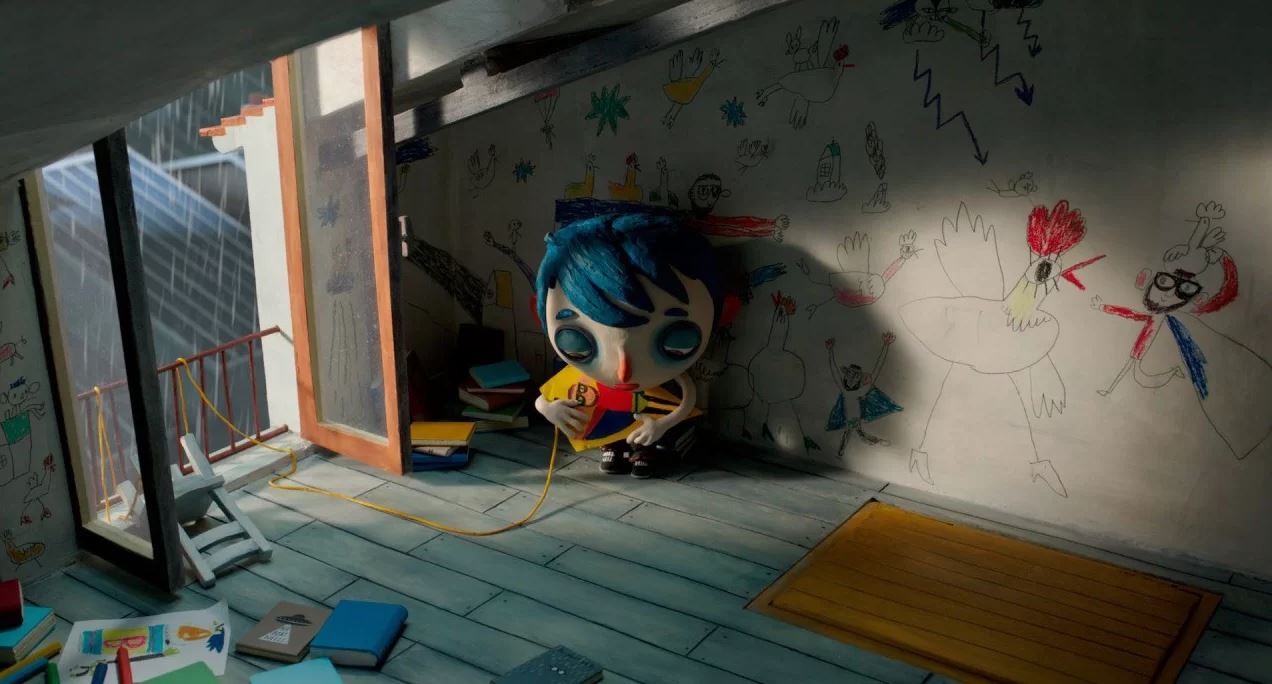
A character-driven story answers these questions:
- What are they struggling with?
- What are their conflicts?
- How will they change when things take a turn?
- How will they react?
- Would they contradict themselves under different circumstances?
Tips for writing a character-driven story:
- For character-driven stories, it’s crucial to create characters people can connect with, especially the protagonist. Their motivation and journey are of high importance.
- If you want to write a character-driven story, don’t forget to have a strong backstory for your main characters.
- Adding complexity is also something worth considering, as people tend to get drawn into characters with multiple sides and unpredictability.
- A strong character is an active one. Instead of waiting for the occurrences, he or she will take matters into their own hands and actively interact with the environment.
What Is a Plot-Driven Story?
In plot-driven stories, we zero in on actions and events that unfold. Having well-developed characters is still a must, but the external conflict is what matters most. Take J. R. R. Tolkien’s Lord of The Rings. While Frodo Baggins, Gandalf, Gollum, and Aragorn are some of the most memorable characters we’ve ever seen and loved, we’re constantly wondering:
- What will happen next?
- What obstacles will they face?
- How are the characters going to go up against it?
- What is the ensemble of characters striving for?
Tips for writing a plot-driven story:
- Plan ahead, and plan big! Your story will most probably be complex, with lots of ups and downs. The last thing you want to do is get caught up in a never-ending narrative and a bunch of plot holes.
- No matter who the characters are and their weaknesses, the surrounding events should alter their behaviors and destinies.
- Write a high concept plot, one that can benefit from the commercial success and wide audience potential. Unlike the blurry narrative in character-driven stories, this story should be clear with a straightforward plot.
- Include plot twists to surprise your audience and put the story out of monotony.
Shape language, what are you?
Aren’t geometrical shapes just fascinating?
Pikachu’s body is a sphere and his ears are triangles. Garfield’s head is a circle, and his body is an oval.
Meanwhile, Gru from Despicable Me has a nose and chin that are angular, and his body is composed of various geometric shapes.
Each shape has its own meaning, and it can differently influence the viewers’ minds. One is equilateral, and the weight is distributed evenly in it, while the other’s round and soft. And they each give off different vibes.
That’s shape language. In other words, it’s a concept to communicate meaning through common shapes.
Shapes are the basis of graphic design. By selecting those that elicit a desired reaction, designers may affect how people feel about the design and, ultimately, enforce a message through shapes. They do this indirectly, sometimes without the viewer paying close attention to the actual shapes.
The success of storytelling and (visual) marketing heavily relies on the way we use shapes and colors because that’s how the viewer will perceive things.
As animators, we must produce our works in a way that creatively tells the story of a brand and evokes a desired reaction from the client’s audience.
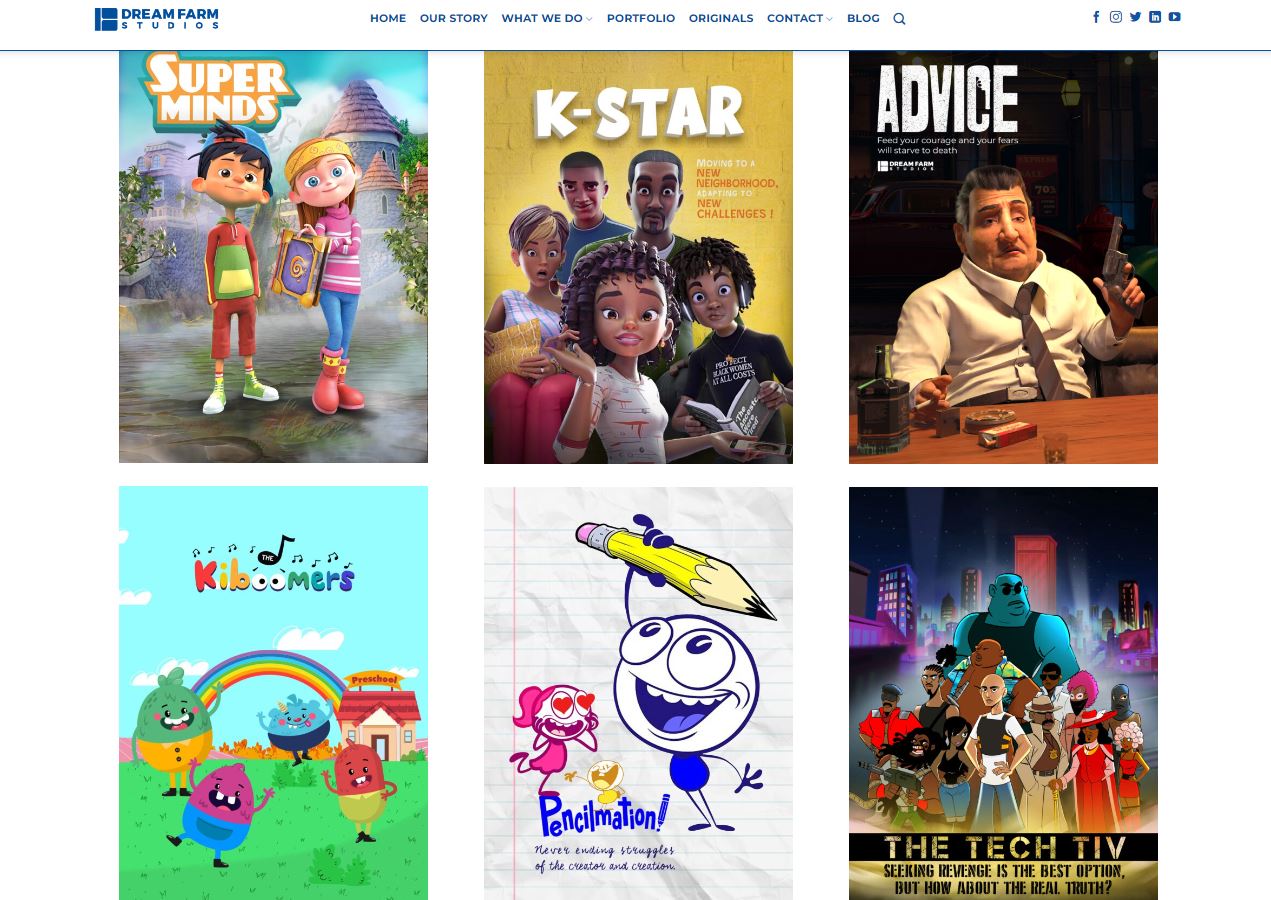
Let’s not forget that The viewer’s first impression of a character is made in 7 to 12 seconds. So, add this to the importance of character design.
Ok, so what does each shape mean?
Circles, Ovals, and Ellipses
What do you feel when you see a shape without any angle or sharp edges? Does it imply softness or fortitude?
They frequently symbolize unity, peace, kindness, and protection attributes that are mainly, not exclusively, feminine. They can be used for male characters to make them soft, weak, or happy.
Compared to other shapes, these mild forms are friendlier and more approachable. Because they welcome the viewers into their “completeness.”
Circles are highly noticeable, the reason why you see them as small website icons all the time.
Triangles
Motion, agility, speed, and balance when faced left or right, and stability and power, when faced upwards, are the most highlighted characteristics of the triangle shape. Take the “play” button, for instance; A triangle facing left indicates progression. Moreover, the triangle is considered a very strong shape and is widely used in architecture (i.e., building bridges and roofs).
In most cases, triangles are used to depict villains because they can also make a character look severe, unstable, and dangerous.
Squares and Rectangles
The straight lines and right angles of the most common shapes in graphic design make the viewer feel safe and contained. However, squares and rectangles are the first to risk making us feel bored. That’s why proper shading and coloring are important in their design.
Unlike circular shapes, squares & rectangles are more masculine than feminine, as they’re used to show discipline, physical strength, and dependability. Female characters that have these shapes as part of their design are usually strong and independent.
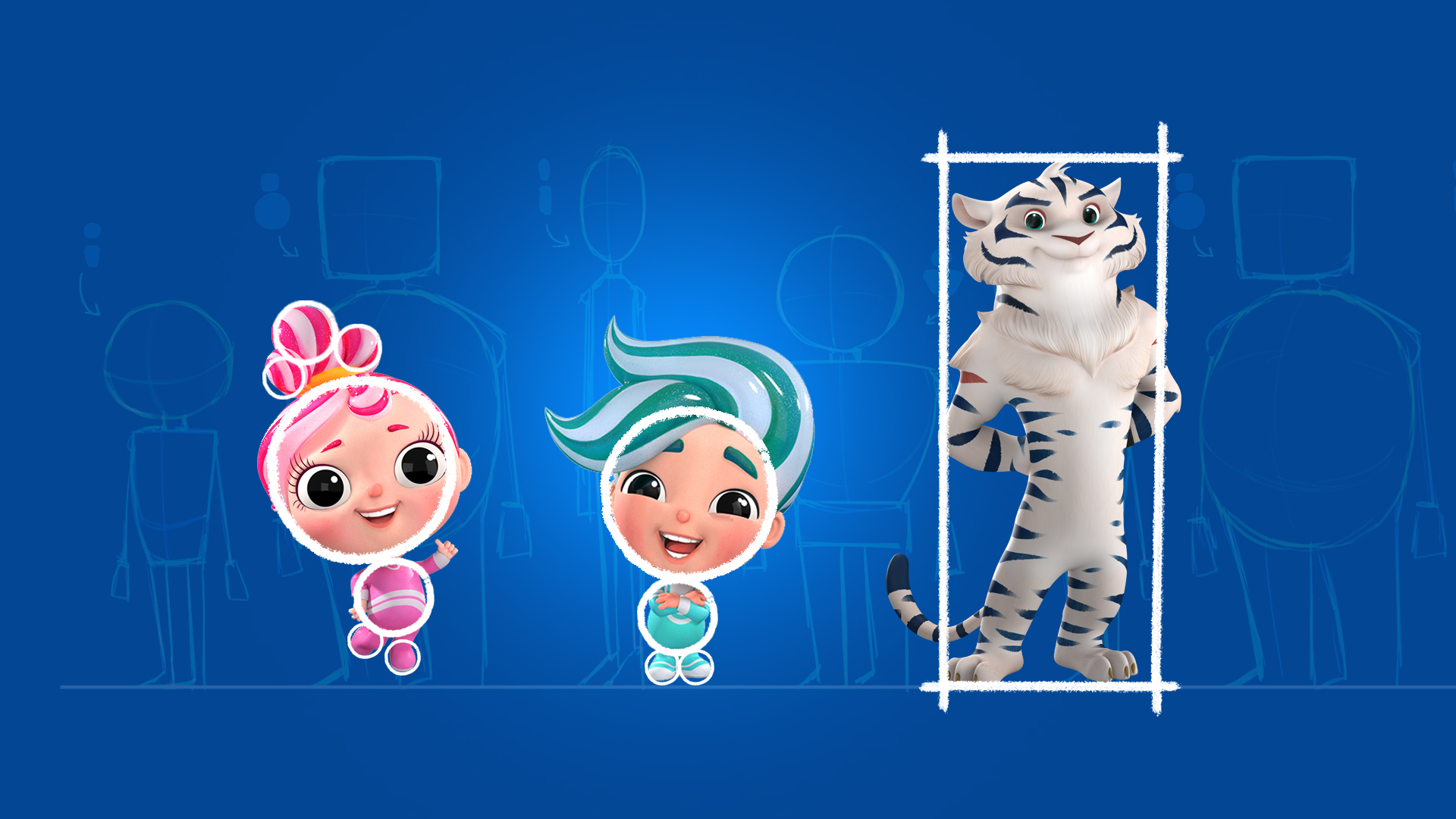
Pentagons, Hexagons, and Octagons
These shapes aren’t used in design projects that much due to their complexity. Most designers and animators try to keep things simple and get an idea across in the easiest way; that’s why we rather see pentagons, hexagons, octagons, and other complex shapes in puzzles and infographic designs.
Abstract Shapes
The perfect way to represent a feeling or concept is through abstract shapes.
Yes. You can literally say anything with them. They can be especially useful when there’s a new idea involved, one the world’s never seen or heard of.
If you want to read more, we’ve written a guide about shape language in character design.
Let’s not forget about colors
We reveal ourselves unconsciously through color. Some wear mostly black clothes, some like colorful outfits, and others feel comfortable with only a set of contrasted colors. That’s why Dr. Max Luscher suggests:
Our perception of color is objective, but our preference is subjective. This means that people reveal themselves unconsciously through color without the interference of conscious choices.
Just like shapes, each color has its own meaning and can enhance the emotional ratio of the characters and environment.
- Red: Passion, Love, Anger.
- Orange: Energy, Happiness, Vitality.
- Yellow: Happiness, Hope, Deceit.
- Green: New Beginnings, Abundance, Nature.
- Blue: Calm, Responsible, Sadness.
- Purple: Creativity, Royalty, Wealth.
- Black: Mystery, Elegance, Evil.
- Gray: Moody, Conservative, Formality.
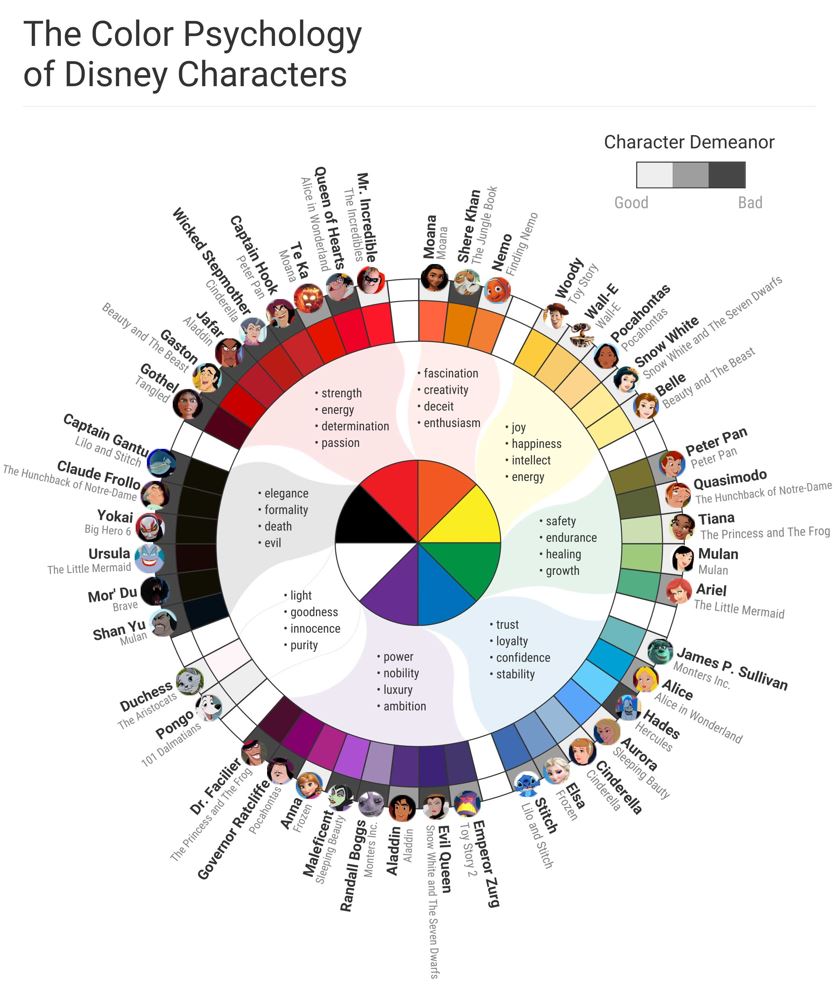
Getting the colors right is a big deal. Many marketing polls suggest that the appropriate color choice accounts for 60% of a product’s or service’s success or failure. As a result, the proper hue in any animation will directly impact the income and lead generation of your clients.
To make sure their coloring is spot on, designers and animators rely on both their intuition and the theory of colors. At Dream Farm Studios, our choice of colors for our varied animated works is a mix of art and science!
Normally, a character should have three primary colors, but you can go beyond this number only if you are fully aware of why you picked more colors.
The coloring process is a BIG topic, but don’t worry. Two of our articles will tell you all you need to know:
🎨 To learn about color theory and choose the right color palette for your character design, check out the How Color Palette Can Make or Break A Character design article.
🖌 To learn about color-related vocabulary and the color correction process, read our blog about the effect of color in animation.
Dream Farm Studios’ animations for all ages
We’ve had the opportunity to work with many clients with different demands, and our resume speaks for itself. We’re happy about the diversity in our projects as it has shaped us into the professional animation studio we are today.
So, without further ado, let us show you how Dream Farm Studios makes animations for little children, teens, and adults!
For children, we have to keep it simple
Psychologically speaking, children prefer bright and vibrant colors as they are visually stimulating and attention-grabbing. The colors we use for their cartoons and shows should give them a feeling of excitement and playfulness. In terms of shapes, young children tend to be attracted to simple and recognizable shapes, such as circles, squares, and triangles, as they are easy to identify and distinguish.
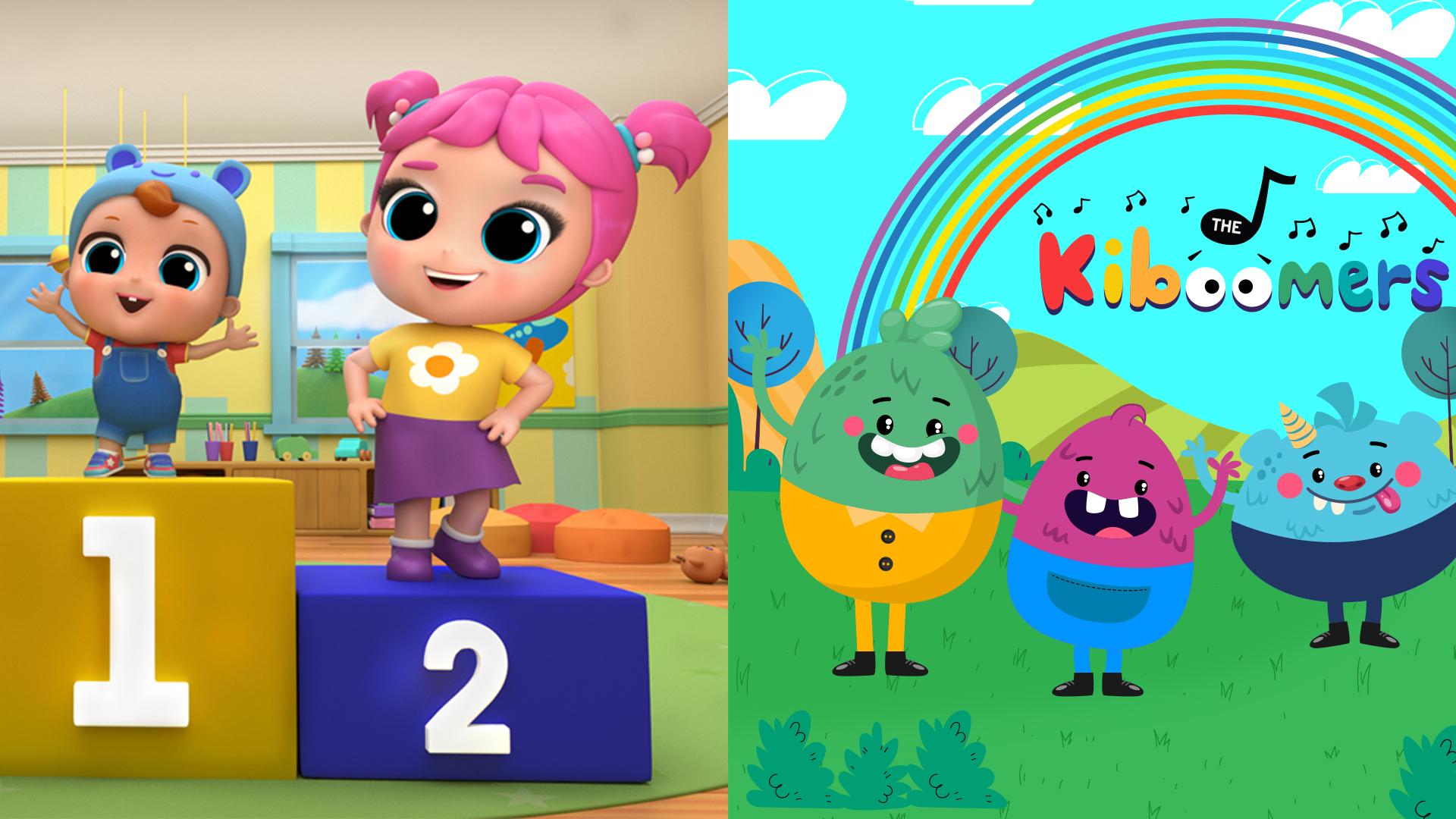
We make cartoons to cater to the minds of kids and give them what their brain needs to grow. They’re characterized by simple themes and movements, varied sounds, and shorter duration.
In Super Minds, we kept everything simple but added a bit more detail and complexity to appeal to teenagers.
Children are also drawn into characters and themes they can relate to. This can be children themselves or fruits and animals presenting themselves as kids to promote an act of kindness. Despite demonizing the mentally ill and using harmful stereotypes, Disney has created believable characters to inspire children to help their own friends and promote “prosocial” behavior.
With adults, we have room for more creativity
As our art directors and character designers put it, they have more freedom when creating animations for adults. They use more complex and sophisticated shapes and often employ a wider range of colors, including darker tones, to create a more nuanced and mature visual language.
Unlike kids, adults can digest an emotional story and mature music. We used a lot of sharp edges and lines in Toucan’s Tears’ characters and environment design.
In terms of characters, adult animations often feature more realistic and detailed character designs, with more intricate facial expressions and body language that reflect the complexities of adult life.
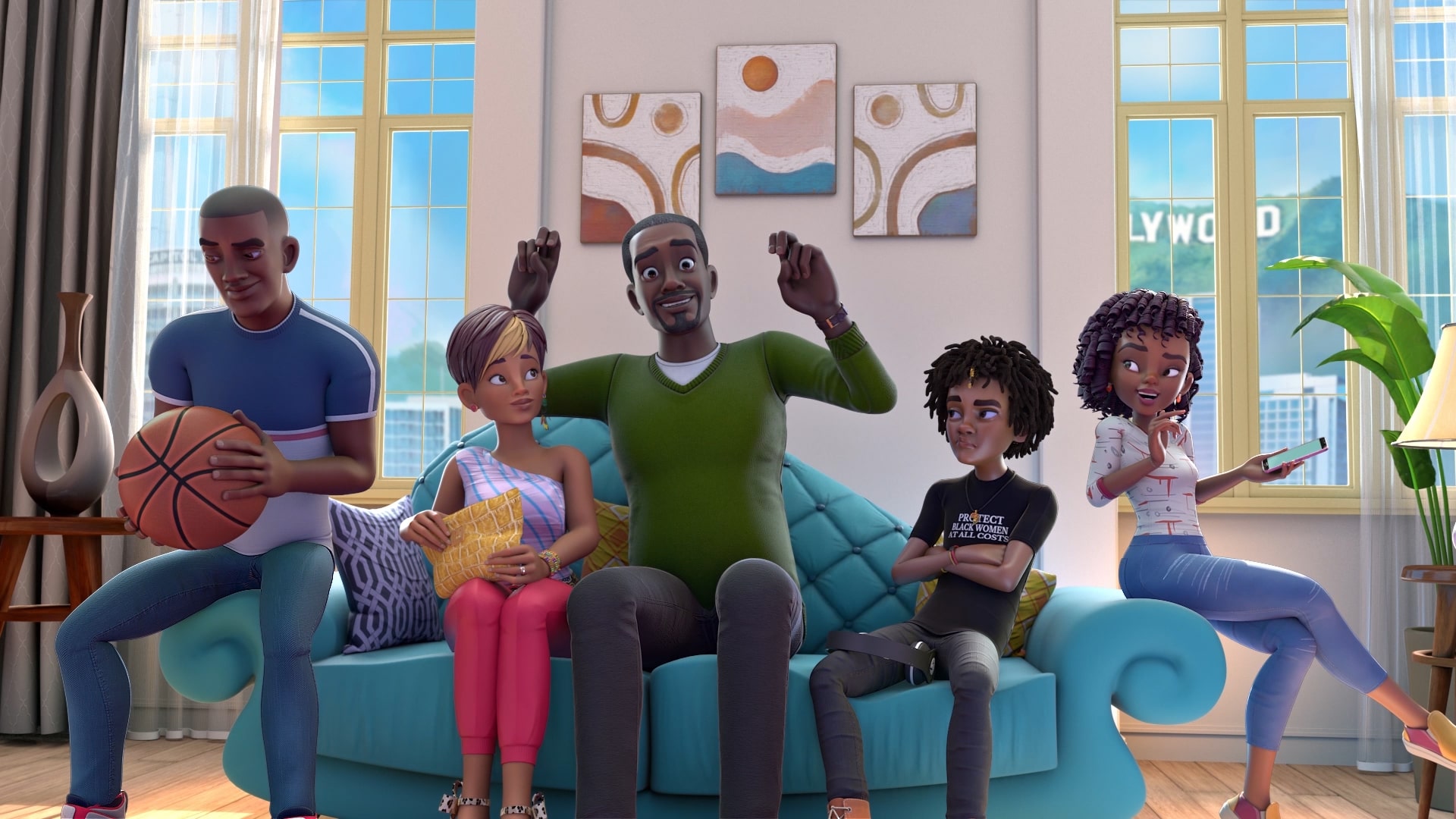
So, Are Kids’ Cartoons That Different from Adult Animations?
In this article, we’ve learned that animators can’t turn a blind eye to who they’re making an animation for.
Overall, while there are certainly exceptions and the psychology of animation can be used to the animators’ advantage to affect different target audiences, adult animations and cartoons for kids often differ in their stories and use of shapes and colors, reflecting the different themes and audiences of the two genres.

Allen Rafiee
Allen is the Senior blog writer at Dream Farm Studios. In the five years he has been writing for startups and big companies, he challenged himself to learn all he could about digital marketing and finally became a key member of the Marcom team. When he's not doing all of that, you can find him teaching different languages, learning new recipes, and watching cool documentaries about, well, anything!

